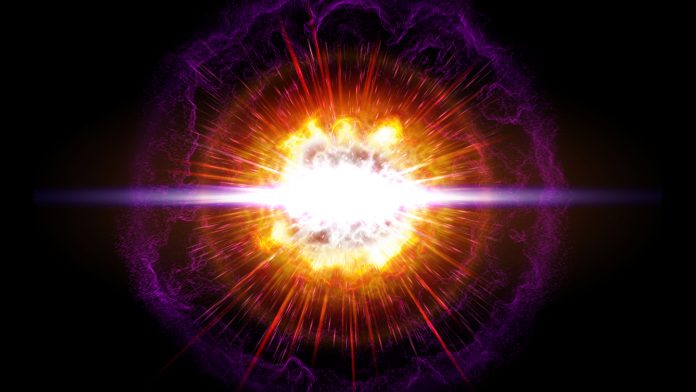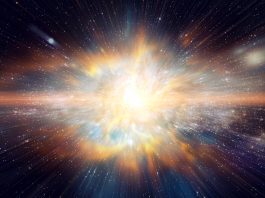Analysing the type Ia supernovae has led scientists from the RIKEN Cluster for Pioneering Research to discover how supernovae would evolve over thousands of years.
Researchers have utilised computer modelling technology to demonstrate how a hypothesised type of supernova would evolve over thousands of years, providing scientists with a way to uncover examples of supernovae; this model is known as ‘D6.’
This research, conducted collaboratively with an international group, was recently published in The Astrophysical Journal.
What are supernovae?
Supernovae are considered essential for cosmology, as one type, Ia, is utilised as what is known as a ‘standard candle,’ which allows distance to be measured. This was employed for the measurements that demonstrated, to initial observers, that the expansion of the universe is accelerating.
Additionally, analysing the type Ia supernovae has revealed that this phenomenon arises from the explosion of degenerate stars known as white dwarfs—stars that have burned through their hydrogen and shrunk into compact objects. However, the mechanism that causes the explosions is not well understood.
What have scientists discovered about the model, D6?
The discovery of the rapid movement of white dwarfs has given added credibility to one proposed mechanism for the origin of these supernovae, D6. In this instance, one of two white dwarfs in a binary system undergoes what is known as a ‘double detonation,’ where a surface layer of helium first explodes, and then ignites a larger explosion in the carbon-oxygen core of the star. This leads to the obliteration of the star, and the companion, suddenly freed from the gravitational attraction of the exploding star, is discarded at enormous velocity.
However, very little is known about what shape the remnant of such an event would look like long after the initial explosion. To explore this, researchers decided to conduct a simulation of the long-term evolution of a supernova remnant that would unfold for thousands of years after the explosion.
Scientists observed some features in the progenitor system that would be specific to this scenario, thus offering a way to probe supernova physics, including a ‘shadow’ or dark patch surrounded by a bright ring. They also concluded that the remnants of type Ia explosions are not necessarily symmetric, as is commonly believed.
What do these results reveal about supernovae?
Gilles Ferrand, the study’s first author, explained: “The D6 supernova explosion has a specific shape. We were not confident that it would be visible in the remnant long after the initial event. However, we found that there is a specific signature that we can still see thousands of years after the explosion.”
Shigehiro Nagataki, the leader of the Astrophysical Big Bang Laboratory at RIKEN, added: “This is a very important finding because it could have an impact on the use of Ia supernovae as cosmic yardsticks. They were once believed to originate from a single phenomenon, but if they are diverse, then it might require a revaluation of how we use them.”
Ferrand concluded: “Moving forward, we plan to learn how to compute the X-ray emission more precisely, taking into account the composition and state of the shocked plasma, in order to make direct comparisons with observations. We hope that our paper will give new ideas to observers of what to look for in supernova remnants.”









